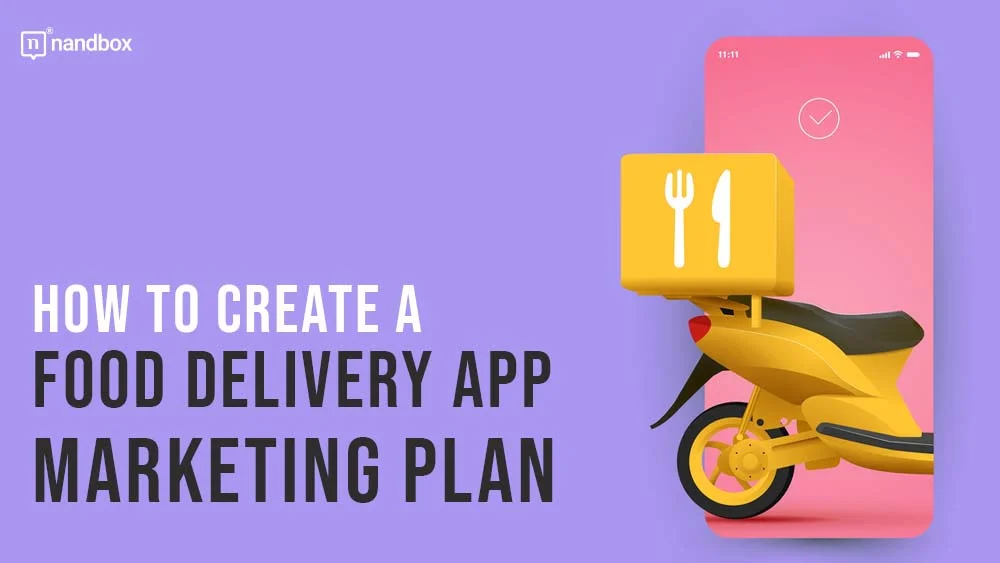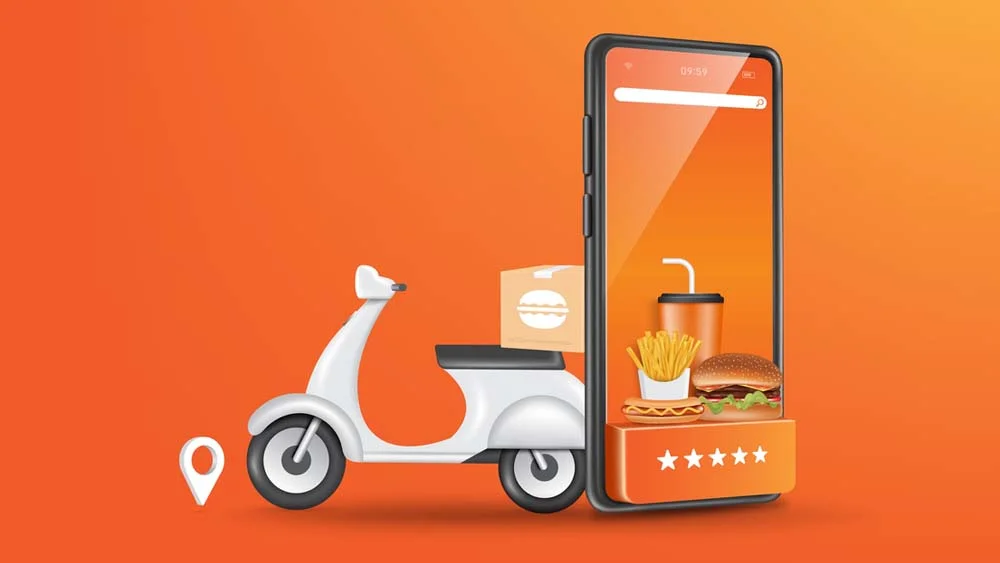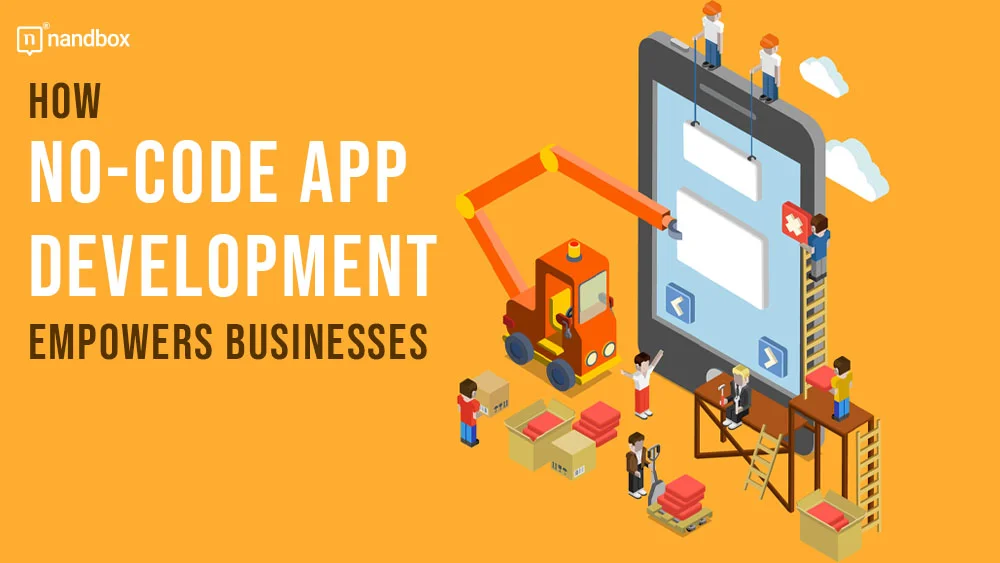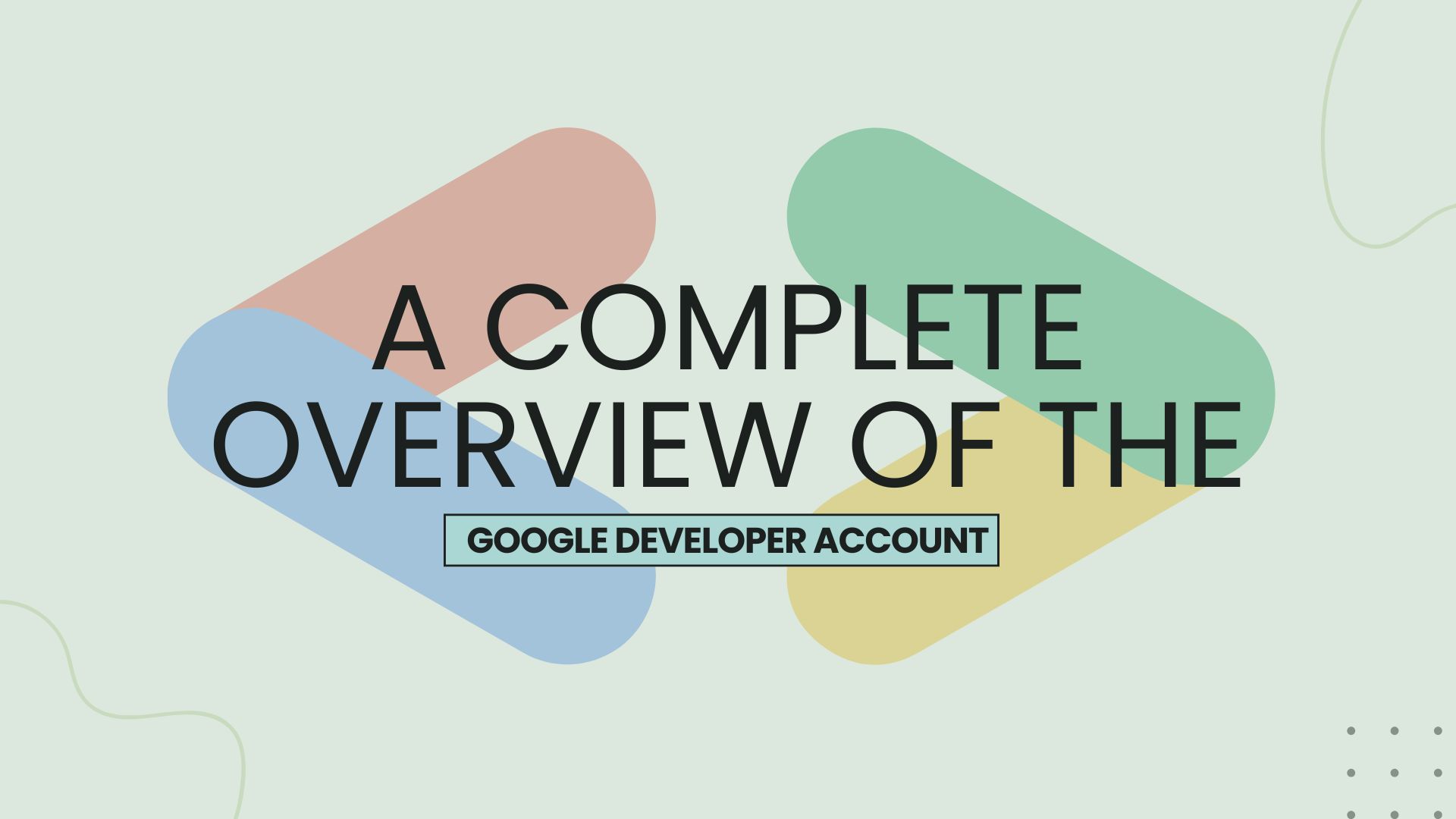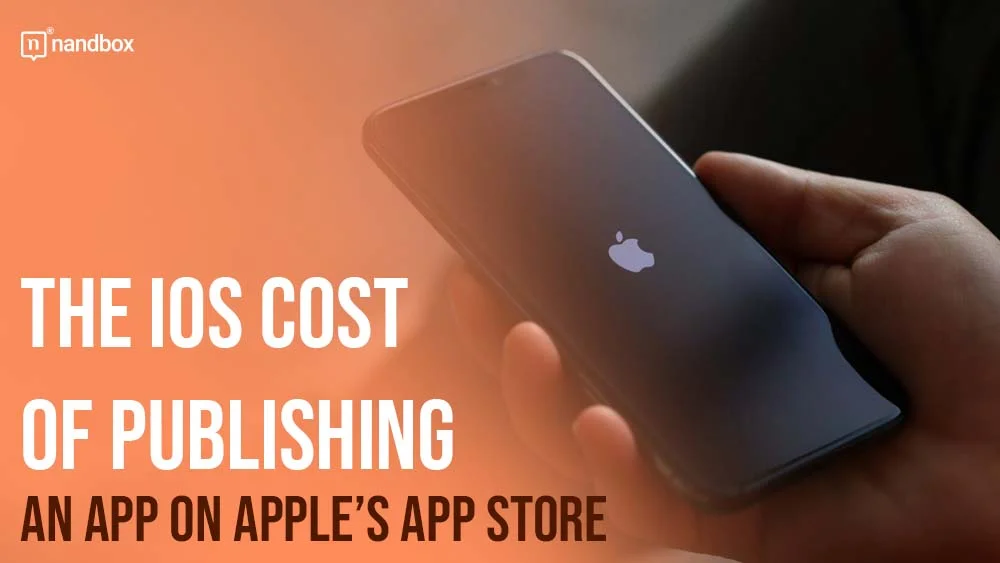The food delivery app market is a fiercely competitive space, which makes having a solid marketing plan essential. Gaining a substantial customer base requires more than just a great app; it calls for well-planned marketing strategies for food delivery apps that set you apart from the competition. But how do you get there?
Marketing Strategies for Food Delivery Apps
The U.S. food delivery market is currently worth over $30 billion and is expected to reach $42 billion by 2025. This growth, driven by technological advances and recent world events such as the COVID-19 pandemic, gives a significant opportunity for businesses. Developing comprehensive marketing strategies for food delivery apps is essential in this competitive market.
Firstly, your marketing plan must begin with in-depth market research. This includes identifying your target audience and understanding their needs wants and behavioral patterns. It’s also important to research your competitors and the overall food delivery market to create unique strategies and differentiate your brand.
According to consumer expert Paul Mallory, Doordash dominates the US market.
Having understood the market and your audience, you can define your unique selling proposition (USP). Having a clear USP helps distinguish your brand from the myriad of competitors and attracts your targeted audience effectively. Remember, a successful USP boasts simplicity, relevance to the target market and unique aspects that competitors cannot replicate.
Engage Users With Automated Communications
The utilization of automated communications like app notifications, promotional messages and email newsletters allows you to stay connected with your audience. This is a sure way to engage your users and maximize customer retention.
Email marketing is particularly effective for engaging users. Sending out regular newsletters with promotional deals special offers and important updates will ensure your audience is consistently engaged and informed. Creating an email marketing strategy that rewards users with exclusive discounts contributes positively to your food delivery app marketing plan.
Additionally, integrating an in-app loyalty program incentivizes your users and enhances customer loyalty. Utilize push notification marketing and send irresistible promotions and special offers encouraging user interaction and engagement. Focusing on personalization and sending users notifications consistent with their preferences and ordering habits will significantly boost engagement.
What Is A Food Delivery App?
A food delivery app is a bridge between food providers and consumers. This innovative platform serves as a middleman, allowing users to browse from a wide range of restaurant cuisines and meals right at their fingertips. All while enjoying the comfort and convenience of having the food delivered at their doorstep.
Such apps commonly come in three forms: restaurant-to-consumer apps like Domino’s and Pizza Hut, platform-to-consumer apps like UberEats and DoorDash, and grocery delivery apps like Instacart.
However, there is another emerging variant: meal kit delivery apps such as Factor, Blue Apron and HelloFresh. These apps deliver pre-portioned ingredients and recipes for customers who enjoy cooking but demand the convenience of home delivery.
National or International?
While a food delivery app can operate on a national or even international scale, the majority of these apps offer hyperlocal service.
They depend on GPS technology to pinpoint user locations and aggregate menus from local restaurants within a specific radius. A significant advantage of these apps for customers is being able to compare prices, check ratings and reviews and have a selection of meals to order—all in one place.
As food delivery apps evolved, especially during the COVID-19 pandemic, they started to offer more features. For instance real-time tracking multiple payment options and custom meal-type choices are now standard features in most food delivery apps.
Some even provide additional benefits like discounts and cashback for regular and loyal customers, making these apps an integral part of everyday life. As consumers become more health-conscious, offering a variety of meal options becomes paramount. Meal kit delivery apps that highlight varied choices of keto-friendly dishes cater perfectly to this demographic, providing not only convenience but also aligning with specific dietary preferences. Incorporating such tailored options in your food delivery service could enhance user satisfaction and diversify your customer base.
Making A Food Delivery App
Food delivery apps have become an integral part of our everyday life, especially in the wake of the COVID-19 pandemic.
Building a food delivery app begins with validating your idea. This involves conducting market research to understand audience demographics tastes dislikes and competitor offerings. Once you have a holistic picture, the next step is deciding on an app development type – restaurant-to-consumer platform-to-consumer grocery delivery or meal kit delivery. Furthermore, no-code or low-code development tools can be used to cut down on development time and costs.
Critical features such as search order, pay delivery tracking and reviews should be included in the app to optimize the user experience. Before launching, it’s important to test your minimum viable product (MVP) with a test audience and make necessary adjustments based on feedback. Soft-launching your app before the full release can help iron out the technical glitches and ensure the best experience for your customers.
Getting Started With Food Delivery App Marketing
Once your app is fully featured and ready for launch, the next crucial phase is marketing. In 2022, a comprehensive food delivery app marketing plan is essential to enhance online visibility, connect with the audience and achieve business goals. To begin with, define your target audience and Unique Selling Proposition (USP). Understanding your audience’s behavior and needs, along with identifying how you distinguish from competitors, is key to your success.
Your marketing channel mix should include a landing page highlighting exclusive benefits of using your platform and providing easy download links. The landing page should be crafted with a focus on SEO, using relevant keywords to improve your search engine visibility. Integrating a blog section could connect with the audience on a more personal level while organically driving traffic to the site.
Social media marketing, especially through platform-exclusive discount codes and collaborations with food influencers, can boost your app’s visibility and reach. According to this study, 84% of online buyers use social media.
| Marketing Channel | Description |
| SEO | Optimize your website with relevant keywords to improve visibility on search engines. |
| Social media marketing | Collaborate with influencers and offer platform-exclusive discount codes. |
| Email Marketing | Keep subscribers informed and engaged with app updates and exclusive discounts. |
| Paid Ads | Use platforms like Google Ads Facebook Ads and Instagram Ads for wider reach. |
| App Store Optimization | Enhance your app store listing with strong descriptions powerful visuals and the right keywords to increase downloads. |
Creating a Catchy App Name
Carving out a catchy app name is anything but simple. A memorable name projects the Unique Selling Proposition of your app and bolsters the brand recall factor. It’s a vital cog in the wheel of food delivery app marketing.
The name should be a fluid blend of creativity and relevance, capturing the essence of your app’s functionalities. Adhere to a toned-down utilization of Technical Words; instead, aim for a straightforward, easy-to-recall name that would resonate with a wider audience.
Employing a unique name that is quite dissimilar from competitors aids in distinguishing your app in a saturated space. Analyzing established players in the sphere may offer valuable insights in terms of dos and don’ts. The underlying goal is to fasten a connection between the app’s name and the service it delivers instantaneously in the user’s mind. Consequently, a captivating name stimulates word-of-mouth advertising and enhances the brand’s credibility.
Remember, a catchy app name acts as the first interaction point for potential users.
